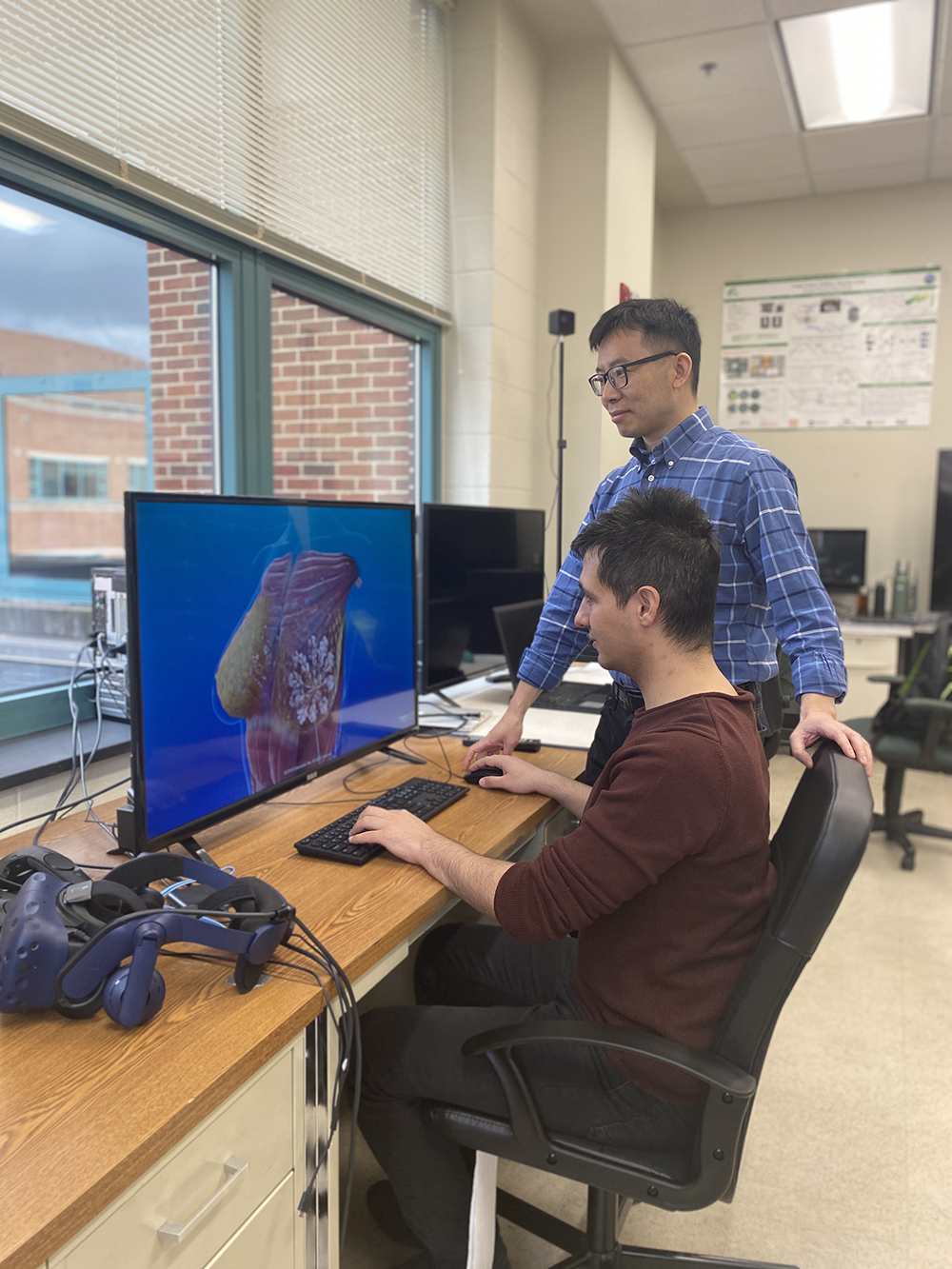New Big Data Method Could Revolutionize Personalized Medical Treatments from Cancer to Depression
Credit: metamorworks/Shutterstock. By leveraging big datasets and artificial intelligence, researchers are learning how to create more personalized medical treatments that could result in better patient outcomes and significant economic impacts.
Learn MoreA.I. Helps Shift Touch ID to Touchless
Credit: Jeremy Dawson, West Virginia University. Making a payment can be as easy as hovering a smartphone or a smart credit card over a contactless console. A similar touchless technology is on the horizon for fingerprint identification.
Learn MoreNew Technique Provides Faster, Lower-Cost Detection in Surveillance Images
Processing images from surveillance cameras is a time-consuming and costly endeavor. A new technique developed by researchers at the Center for Net-Centric and Cloud Software and Systems (NCSS) with funding from the National Science Foundation’s (NSF) Industry-University Cooperative Research Center (IUCRC) program, has found a more efficient way to process surveillance images. The new technique has the potential to reduce system and processing costs, enabling faster detections.
Learn MoreNew A.I. Tool Aims at Reducing Breast Cancer Deaths
More than 40,000 women and 500 men in the United States die from breast cancer each year, according to the American Cancer Society. But a novel computer model could help cut those numbers in half by 2026. The artificial intelligence (AI) tool is built using 1.6 million anonymous healthcare entries from more than 260,000 breast cancer patients over a period of 41 years.
Learn MoreCatalyzing Commercialization: Ultrasonic Dehydration of Protein Suspensions
Today, consumer food choices, as well as food processing innovations, are driven by health, nutrition, and sustainability considerations. Plant proteins, a sustainable alternative to meat, are being used more frequently in foods from protein bars to pasta. At the heart of many food processes is drying. Proteins are routinely dried to improve storage stability, expand alternatives to product formulation, and enhance bioavailability.
Learn More




